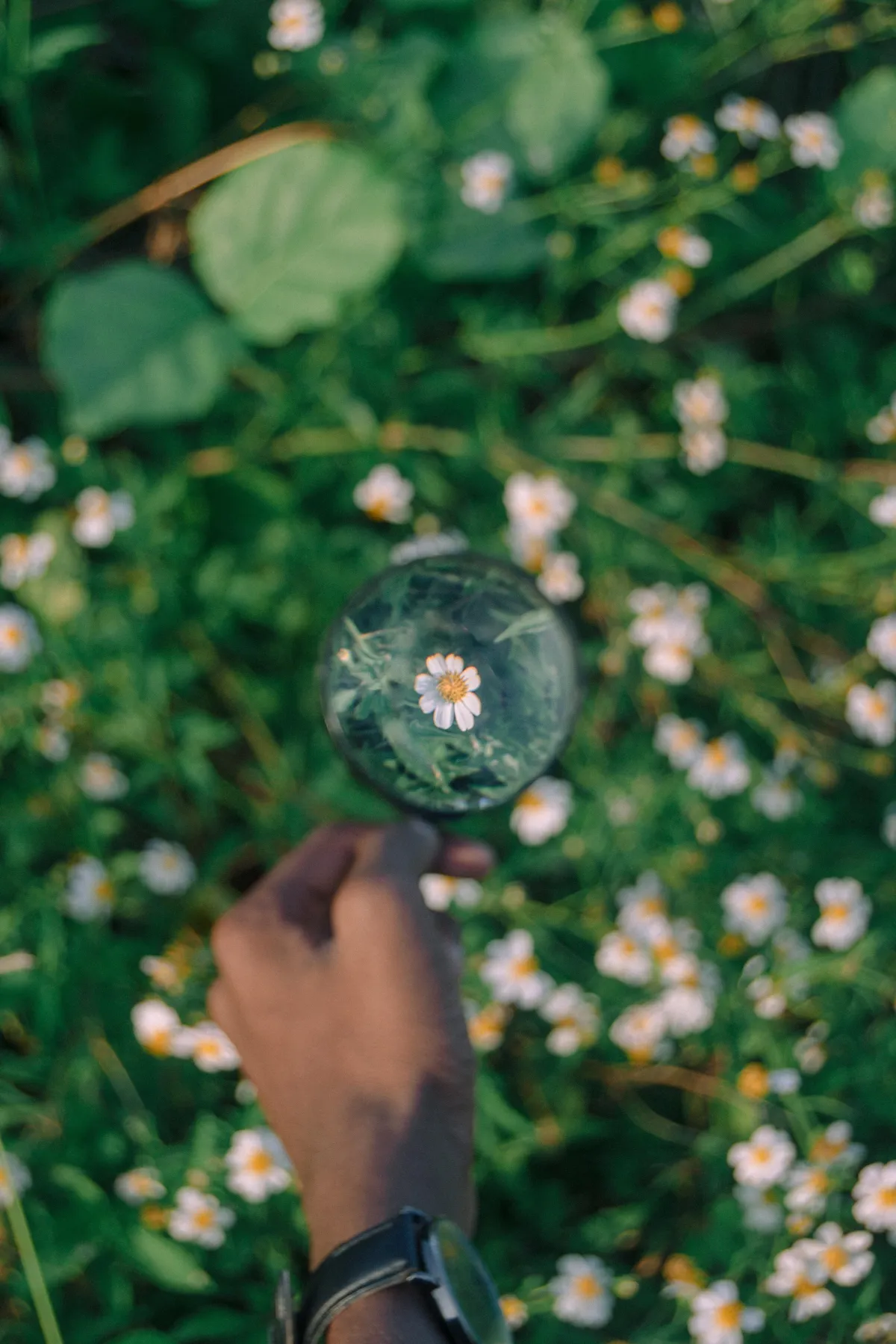Get Cozy & Enjoy

Unveiling The Heart Of Meditation With Dhyana
"Your vision will become clear only when you look into your heart. Who looks outside, dreams. Who looks inside, awakens. ~Carl Jung
In the vast landscape of yoga, the sixth limb, Dhyana, encourages us to explore the depths of meditation.
In the previous limb of Dharana, we focus on one thing – whether that's a flower, a picture, a mantra, or an idea – but our thoughts are still a bit swirly. In Dhyana, the snow globe has settled, and only a single thought remains.
I'm a big fan of analogies, and I once heard it described as Dharana being like drops of water falling in one spot; but with Dhyana, it's more like honey flowing nonstop over that spot. That helped me understand better the subtle differences between the two.
Being in a state of Dhyana is indispensable for the well-being of our mind/body. When we're stressed, our thoughts are swirling, our breathing gets shallow, and our heart rates soar. In Dhyana, we're only focusing on one thing (which isn't the stressful situation). Redirecting attention results in lowered stress levels, the activation of happy hormones, and a pervasive sense of peace on a cellular level.
Heard of the term "being in the zone" or "in flow"? That's Dhyana. It's that state where singular focus erases sounds, distractions, and even the awareness of time. While we commonly associate Dhyana with meditation cushions, it can equally manifest when we're engrossed in a task, oblivious to the outside world.
So, whether you find yourself on a meditation cushion or immersed in a task, recognize that you may be savoring the profound depths of Dhyana. It's not just a mental state; it's an immersive experience offering tranquility, respite, and a reprieve from the chaos of everyday life.